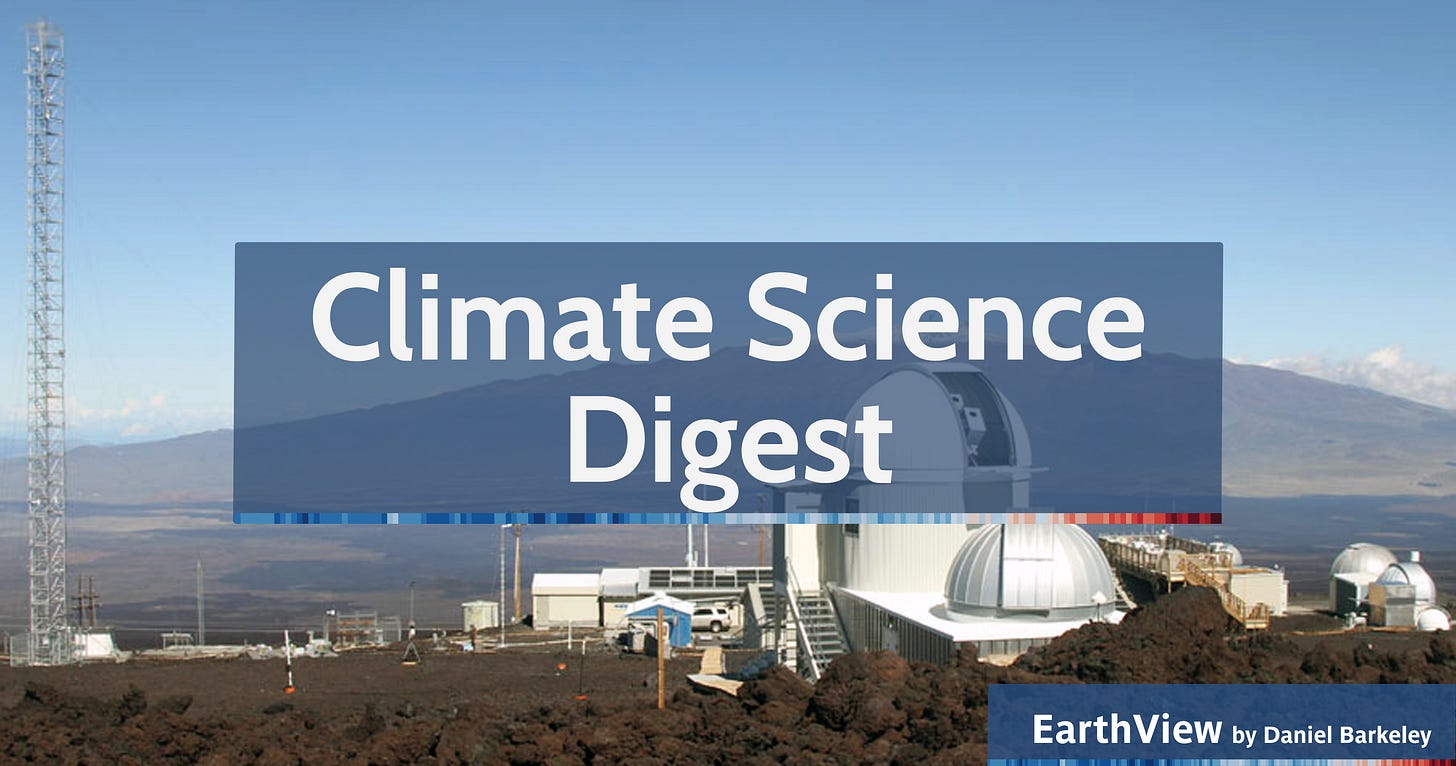East Asian Aerosol Warming | Climate Science Digest
A new study in Nature Communications Earth & Environment calculates that 70% of excess warming observed since 2010 has been due to aerosol cleanup in East Asia. Air pollution causes cooling by reflecting more sunlight, and thus reductions in air pollution can cause warming. The authors argue the findings mean the recent acceleration in global warming may be short lived.
The severe megadrought in the Southwestern United States may last for decades, according to a new paper in Nature Geoscience. The prediction rests on a new understanding of the region’s ancient climate, which in the past experienced much longer droughts than was previously understood. The current ultra-dry period could last until the year 2100, the authors inform Inside Climate News.
A warming climate won’t make North America any less prone to extreme cold spells in winter, claims a study in Science Advances. Climate change increases the likelihood of polar vortices - high-altitude ribbons of cold air that descend from the arctic, explains phys.org. These vortices are also moving westward, accounting for recent unusually cold periods in Montana and Texas.
Certain areas of Antarctica may be experiencing slower ice loss than expected due to ancient buried river beds, explains a study in Nature Geoscience. The flat topography of the river beds - revealed by radar measurements - impedes ice flow, which moves more quickly through valleys and troughs.
India’s forests are slowly losing their ability to absorb carbon as climate change impairs their photosynthetic efficiency, says a new paper in Resources, Conservation and Recycling. Increasing heat and dryness have led to an average decline of 5 percent over that last few decades the authors tell The Indian Telegraph.




